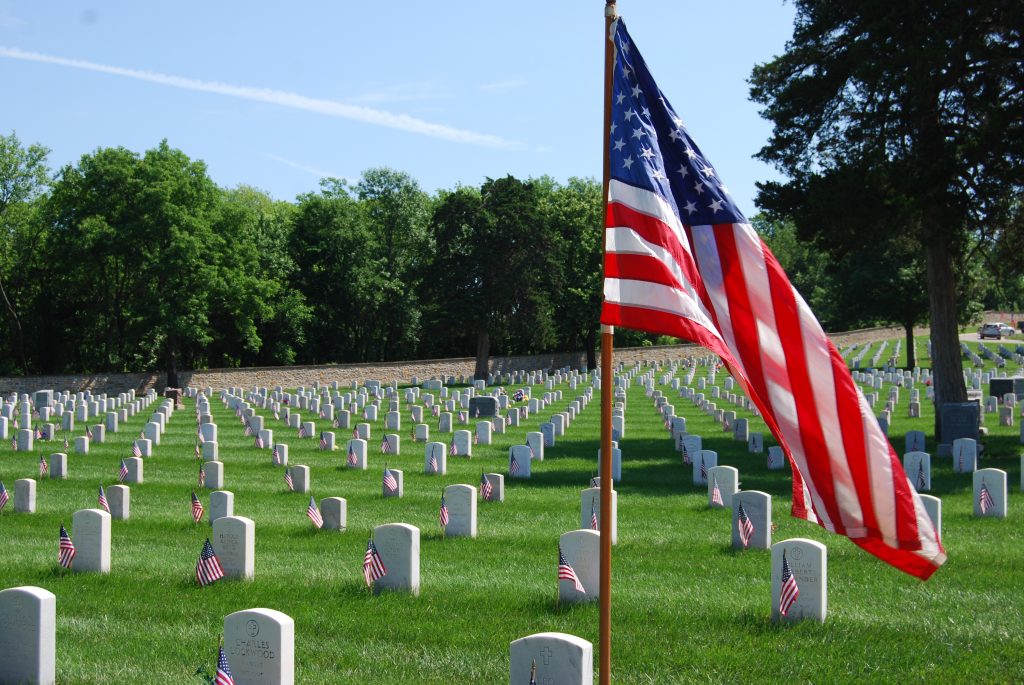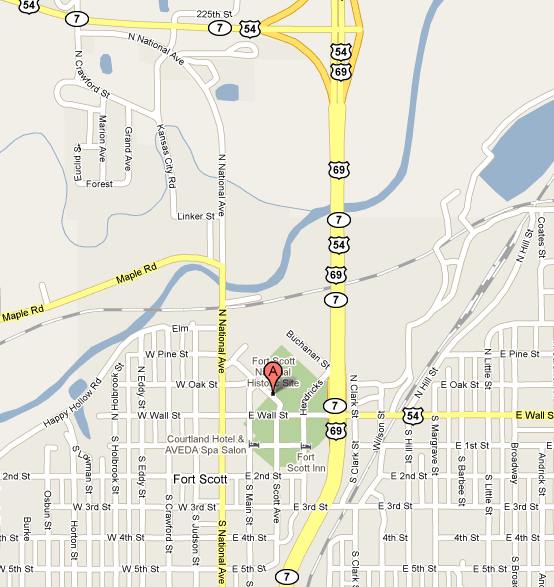US National Cemetery #1 is located on the eastern outskirts of the city, midway between Fort Leavenworth, KS and Fort Gibson, OK, Fort Scott was established in 1842 and named for Lieutenant General Winfield Scott, then general-in-chief of the U.S. Army. The fort’s purpose was to maintain a three-way peace among the Native American tribes forcibly relocated from the East, local tribes, and incoming settlers.
By 1853, the boundaries of the frontier had moved farther west and the need for a military garrison at Fort Scott decreased. In 1855, the government abandoned the post.
In the early days of the fort, the Army established a cemetery on the west side of town to accommodate the burial of soldiers who died while stationed at the garrison. Two decades later, in 1861, the town officers and citizens of Fort Scott purchased approximately four acres southeast of the old post for use as a community burying ground. Since it was controlled by the Presbyterian Church, it was known as the Presbyterian Graveyard.
On November 15, 1862, the Presbyterian Graveyard and an adjoining tract owned by the Town Company were designated Fort Scott National Cemetery.
Fort Scott National Cemetery was placed on the National Register of Historic Places in 1999.
Also, join us here for our Veterans Day Ceremony on Veterans Day in the City of Fort Scott.



